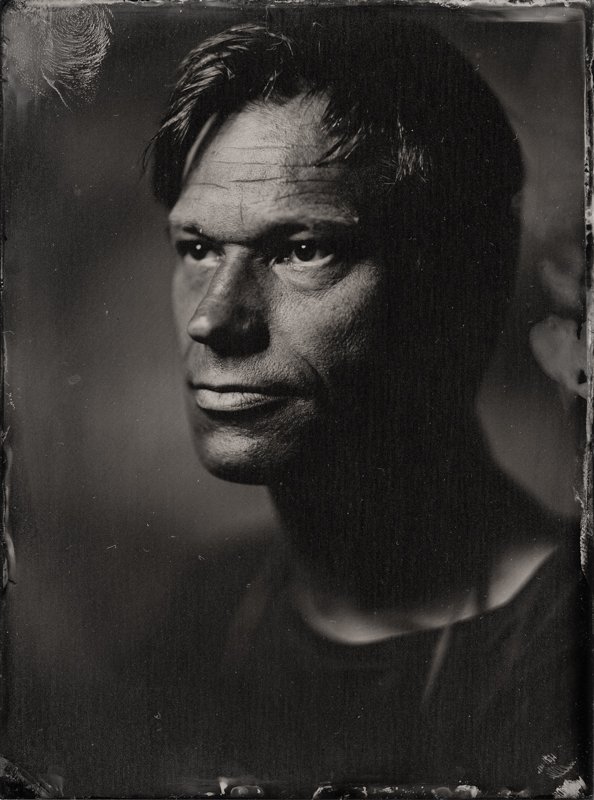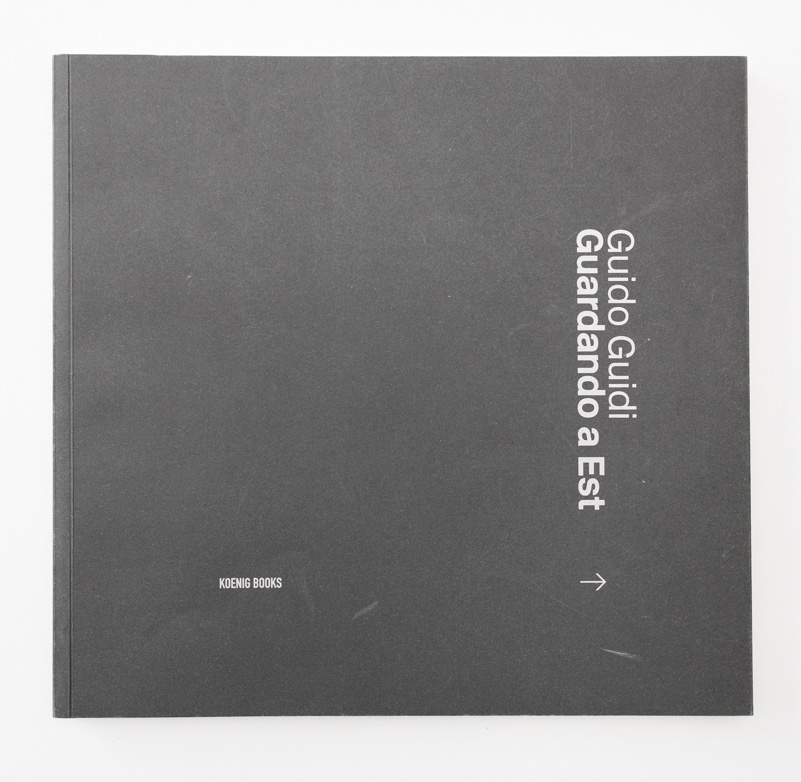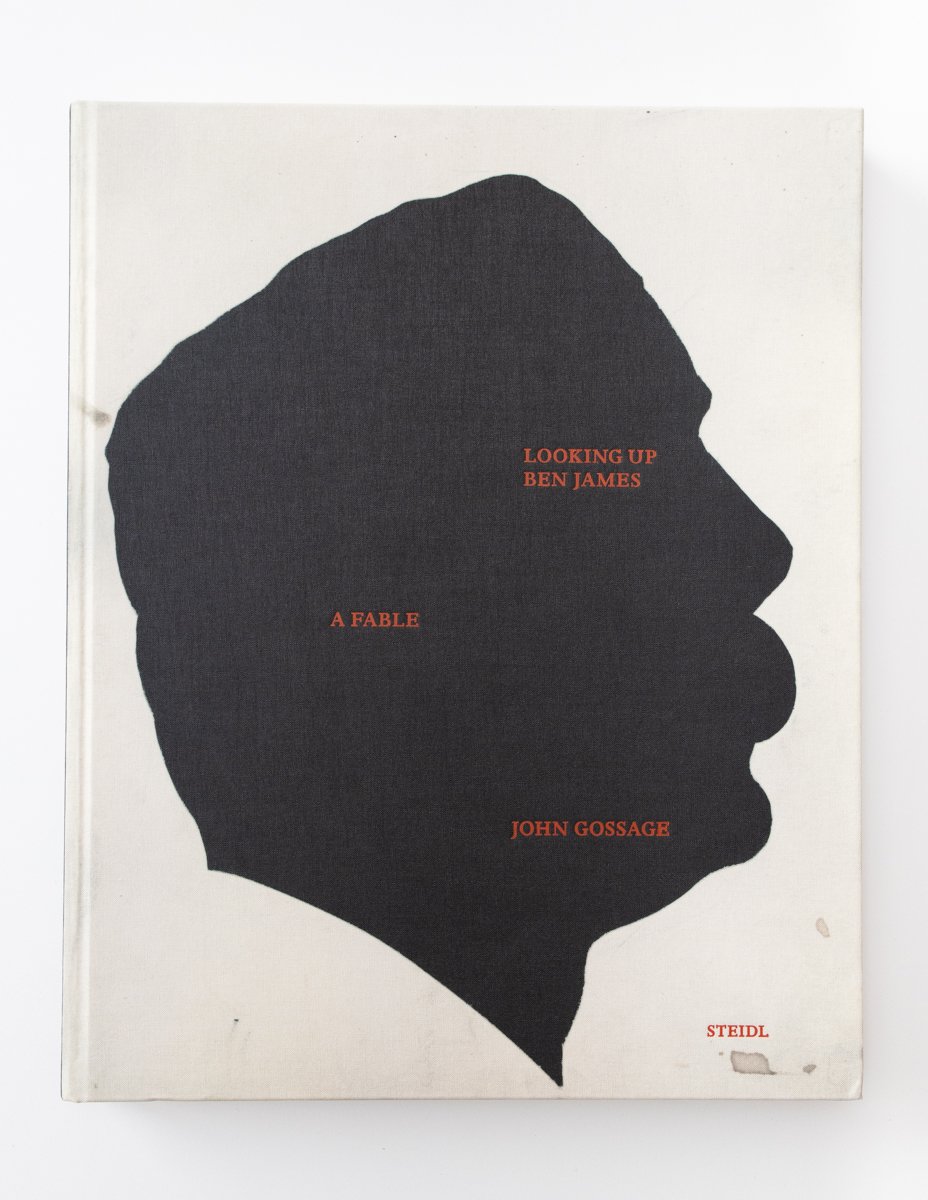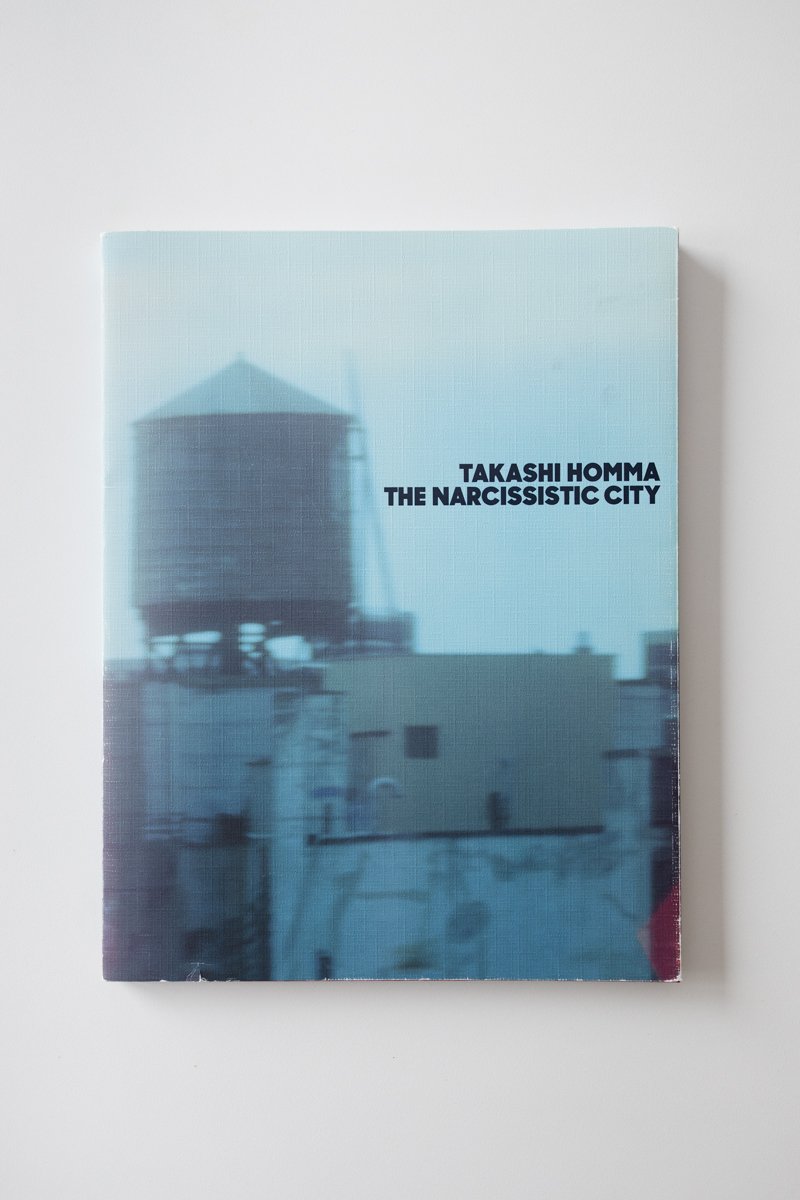
Niklas Görke, born in 1974, immersed himself early in the picture world of the photo reports of the GEO and National Geographic Magazines, which his parents had subscribed to.
At the age of 11 he had his first small darkroom in the laundry room at home.
Although photography never left him, he studied law and initially worked as a contract lawyer in Friedrichshafen, Munich and Paris.
In 2008 he switched to self-employment as a photographer based on Lake Constance. In addition to the commercial jobs, primarily in the health sector and for medium-sized companies, there were reports and freelance work. He also attended a master class with Alex and Rebecca Webb in Oslo.
Starting in 2013, he developed photogrammetry systems for a company from Friedrichhafen, including 3D scanners with over 80 cameras. After setting up the 3D scanning studios in Friedrichshafen and Frankfurt in 2014, Görke is working again as a freelance photographer in Frankfurt aM
Because his studio has a darkroom there, this made it easier for him to enter collodion wet plate photography at the beginning of 2019, which has been his focus almost exclusively since then. What fascinates him about this historical technique, in addition to the depth and liveliness of the exposed glass or aluminum plates, is how each processing step leaves its mark on the image, making it unique.
After initially only taking portraits in the studio, the desire arose to carry this cumbersome process onto the streets of the big city, whose scenes, spatial dimensions and perspectives still cast a spell over him. Wet plate photography, however, requires the execution of all process steps from coating the plates to exposure to fixation in just a few minutes at the location of the picture.
That’s why he built a mobile mini-laboratory for his cargo bike and can now take photos freely on wet plates all over the city. In 2020 the project work for “Tin City” began, with the final exhibition in August / September 2020 in the Galerie 1822-Forum. Niklas Görke lives with his family in Frankfurt aM

Guido Guidi – Guardando a Est
Koenig Books, London, 2015
Niklas Görke: I have not picked up any of my photo books more often than this one, for which Guidi traveled fifteen times to the north-easternmost region of Italy. Although recorded precisely and well thought out in large format, the formal does not lead to rigidity. Guidi brings in a certain casualness, as would correspond to the spontaneous travel note in passing.
And so there are intermediate stations, non-places such as docks, parking lots, backyards, where Guidi shows us that someone is there. Sometimes on the edge, blurred in movement, sometimes in portraits.
But it doesn’t seem as if he was just waiting for people “so that something else comes into the picture”. As a result, the pictures radiate a great immediacy for me, a strong feeling for the place.
How Guidi approaches a place in sequences through small changes in the camera location, people find their way there and yet the place only becomes more exciting and does not lose its secret, is exciting and instructive at the same time.
After all, Guido Guidi lays a tremendous elegance and a color palette that can only be found in everyday life in Italy.
John Gossage – Looking up Ben James
Steidl, Göttingen, 2016
Niklas Görke: This book is refreshing. Gossage’s look is completely unpretentious. Nothing seems forced or predictable.
He is a master at finding photographic possibilities that are more than just the scene, even in the most everyday and ordinary situations.
It never shows what we have already seen, everything is fresh, even if it seems timeless.
The shots – here street scenes, landscapes, still lifes and portraits in England on a joint road trip with Martin Parr – are all teaching pieces for me as to which elements can still be used to put together a functioning black and white photography. And that spontaneously while walking down side streets.
How and where he puts the focus often surprises me. This gives the recordings an additional, even lyrical, dimension, which is by no means pleasant.
This book encourages me to check my own viewing habits for cramps and to dispose of self-imposed dogmas as hazardous waste as quickly as possible.


Takashi Homma – The Narcisstic City
Mack 2016
This book is still raging in me long after it’s been back on the shelf.
On each side, the energy stored in the big city collides with Takashi Homma’s camera and everything then reacts with one another in his darkroom. Densification through fragmentation.
It seems to me as if Homma had willfully destroyed, dismembered and dirty all the clear cityscapes he took, put them back together roughly and thereby gained the extract of the feeling, looked at the city – or rather: to be captured.
To perceive the city as a state, as a rampant being that lives uncontrollably in and behind and under the facades and cannot be grasped – this book told me that a dragon still lives there.